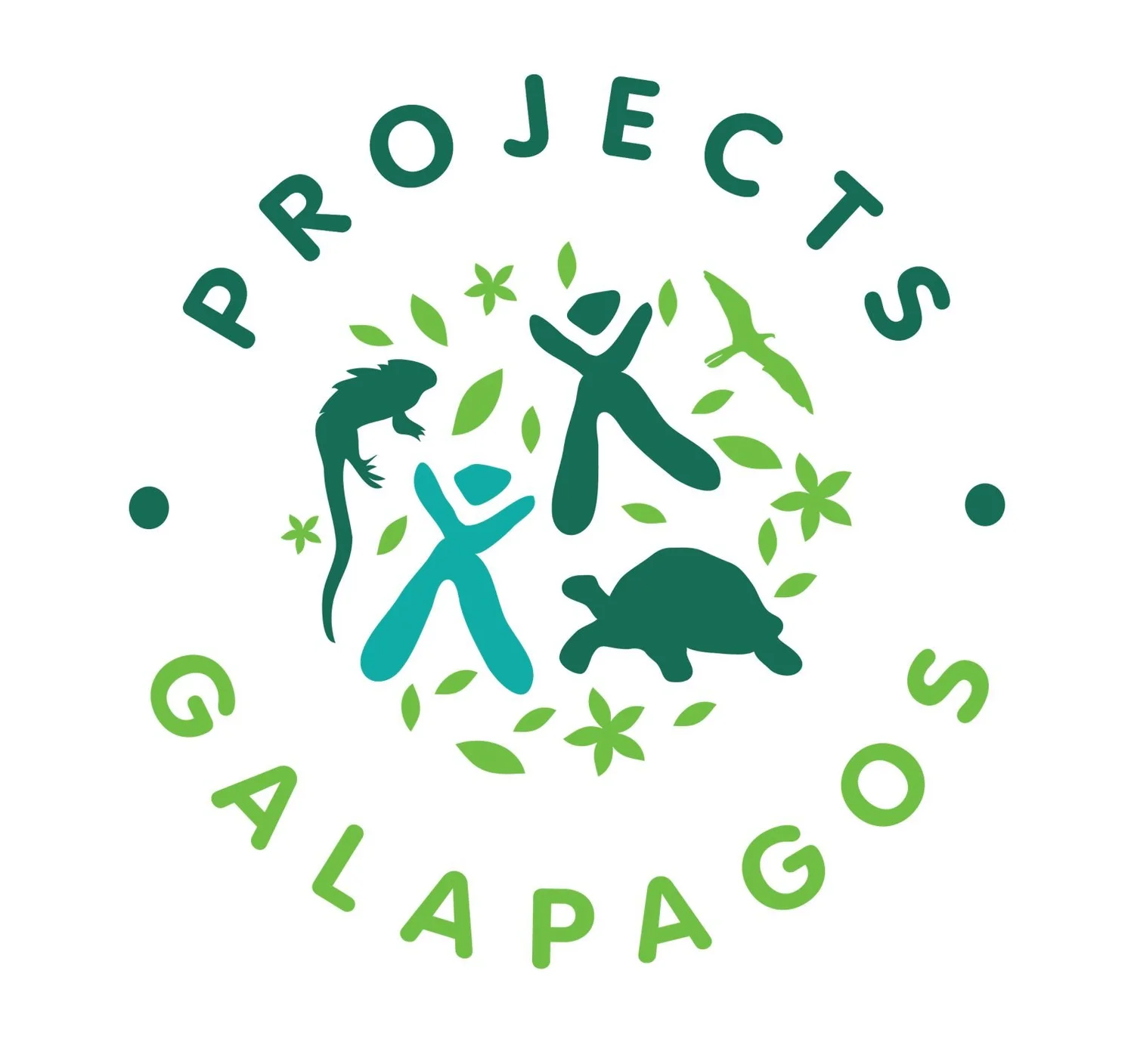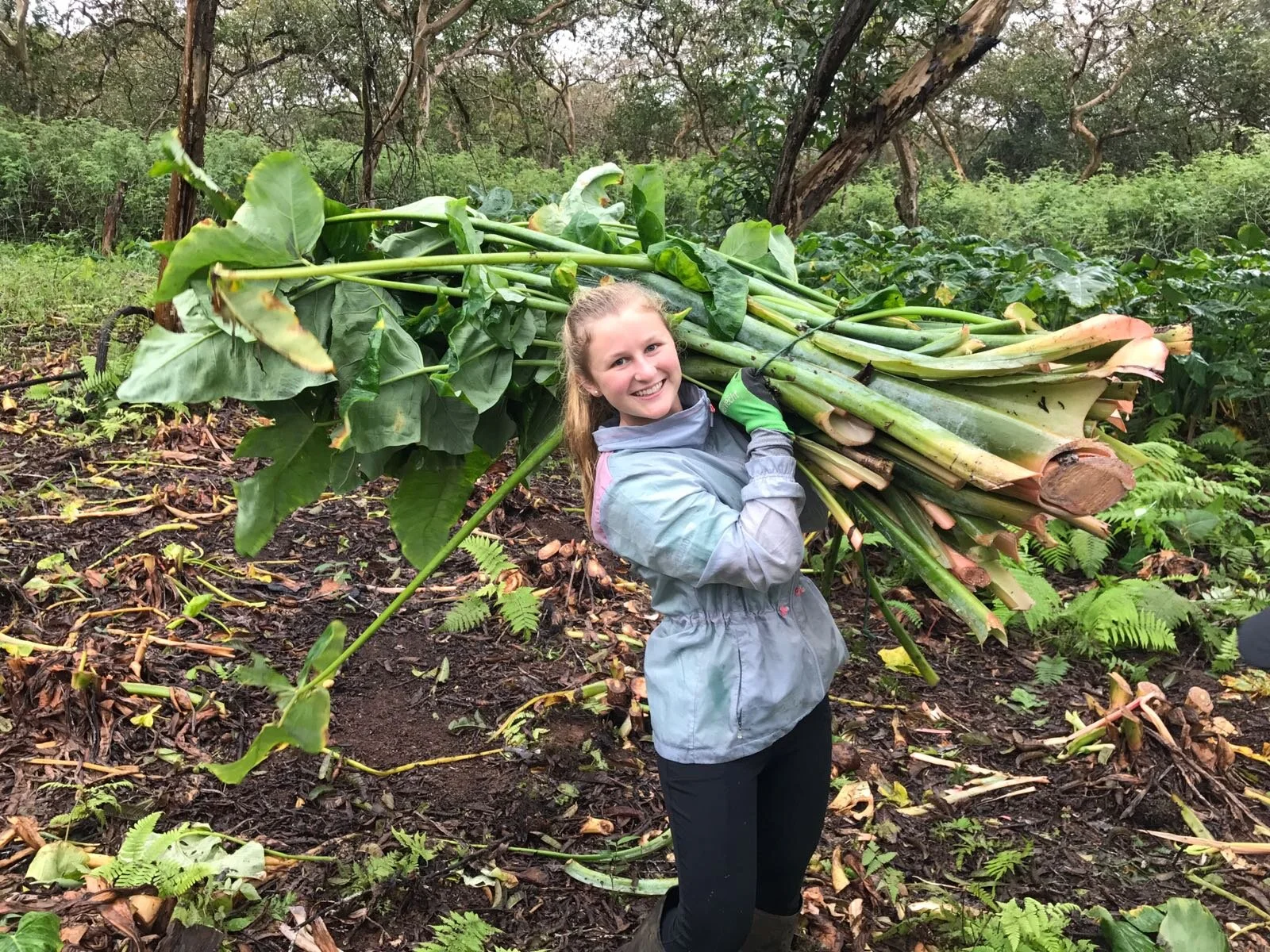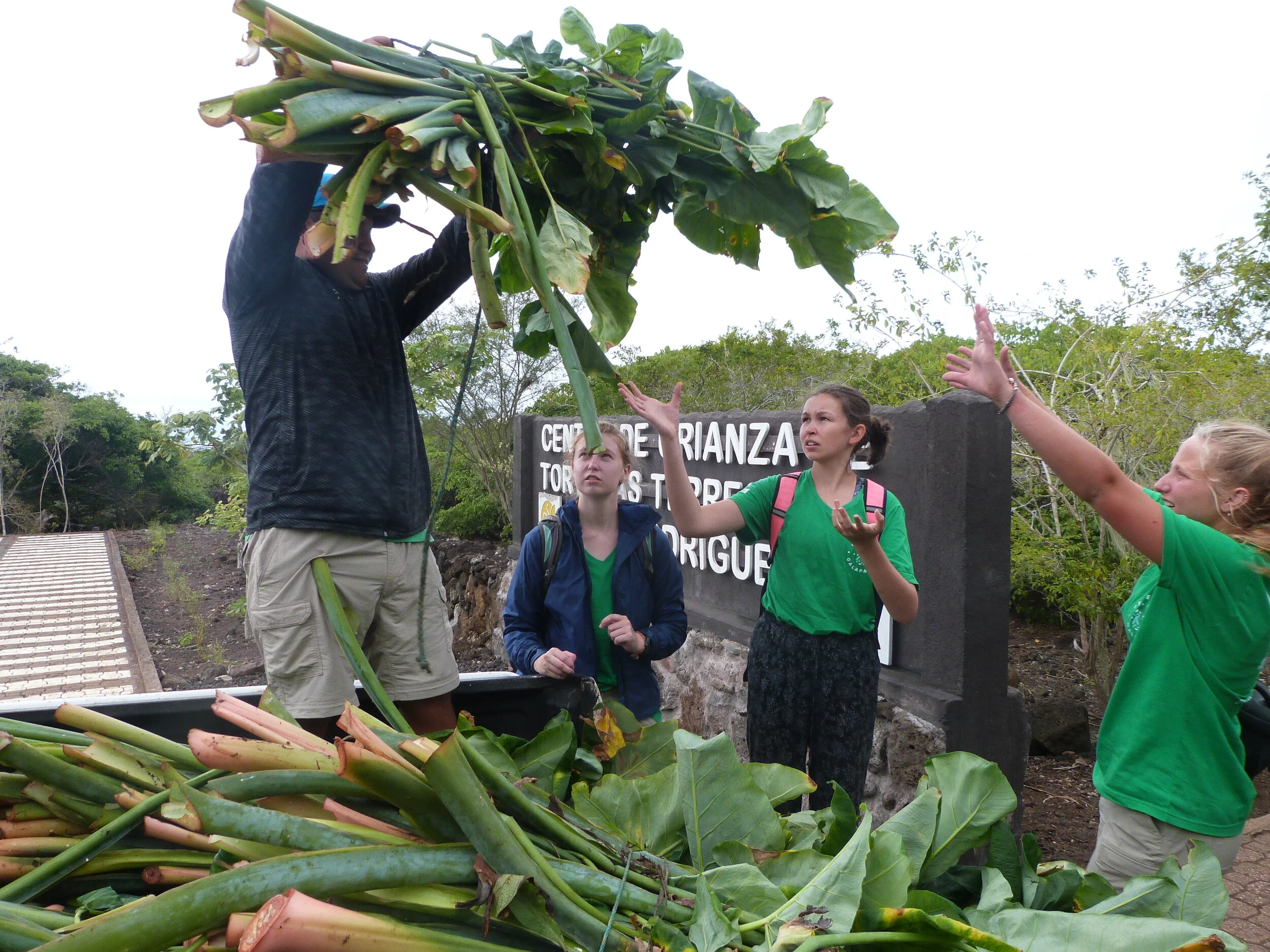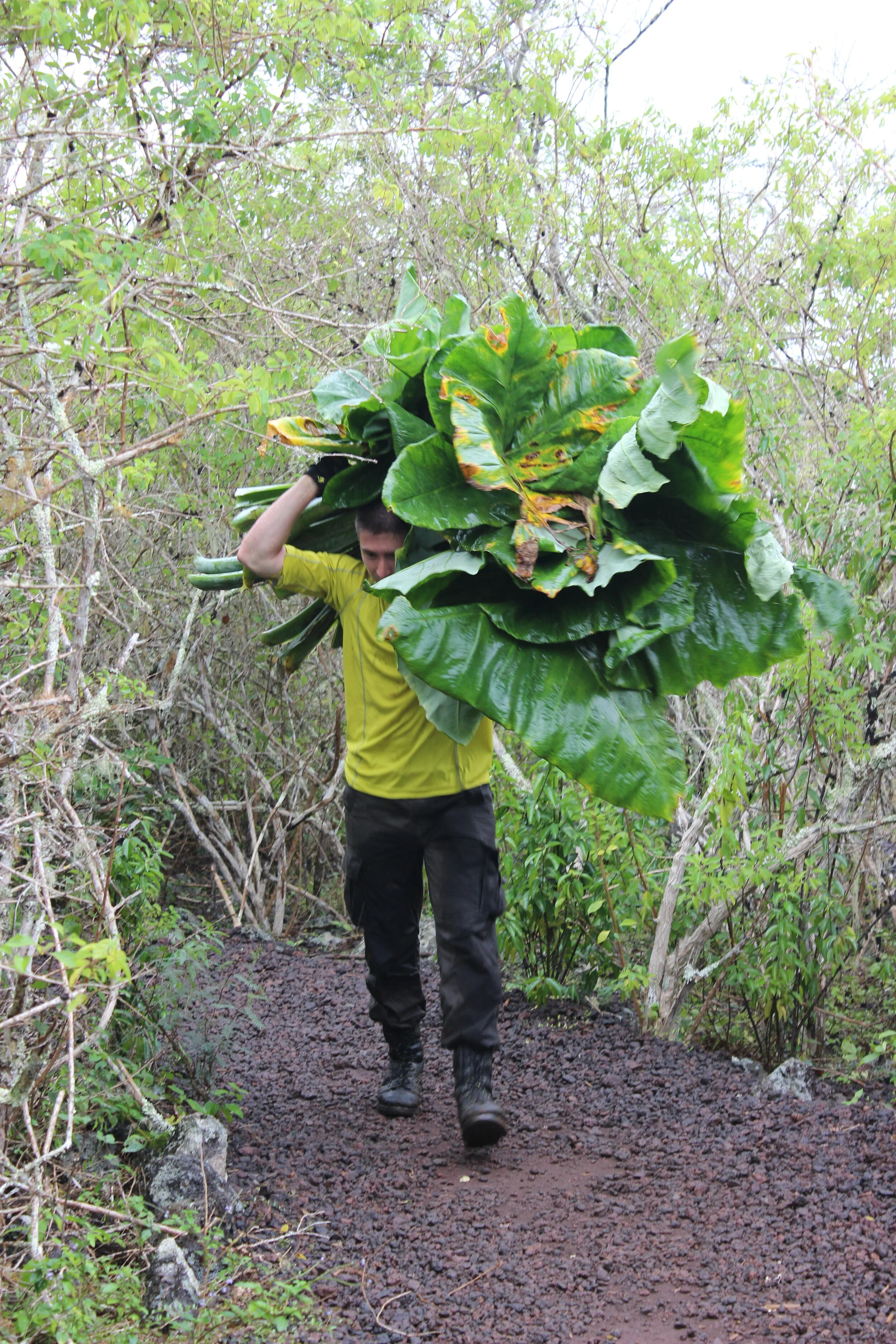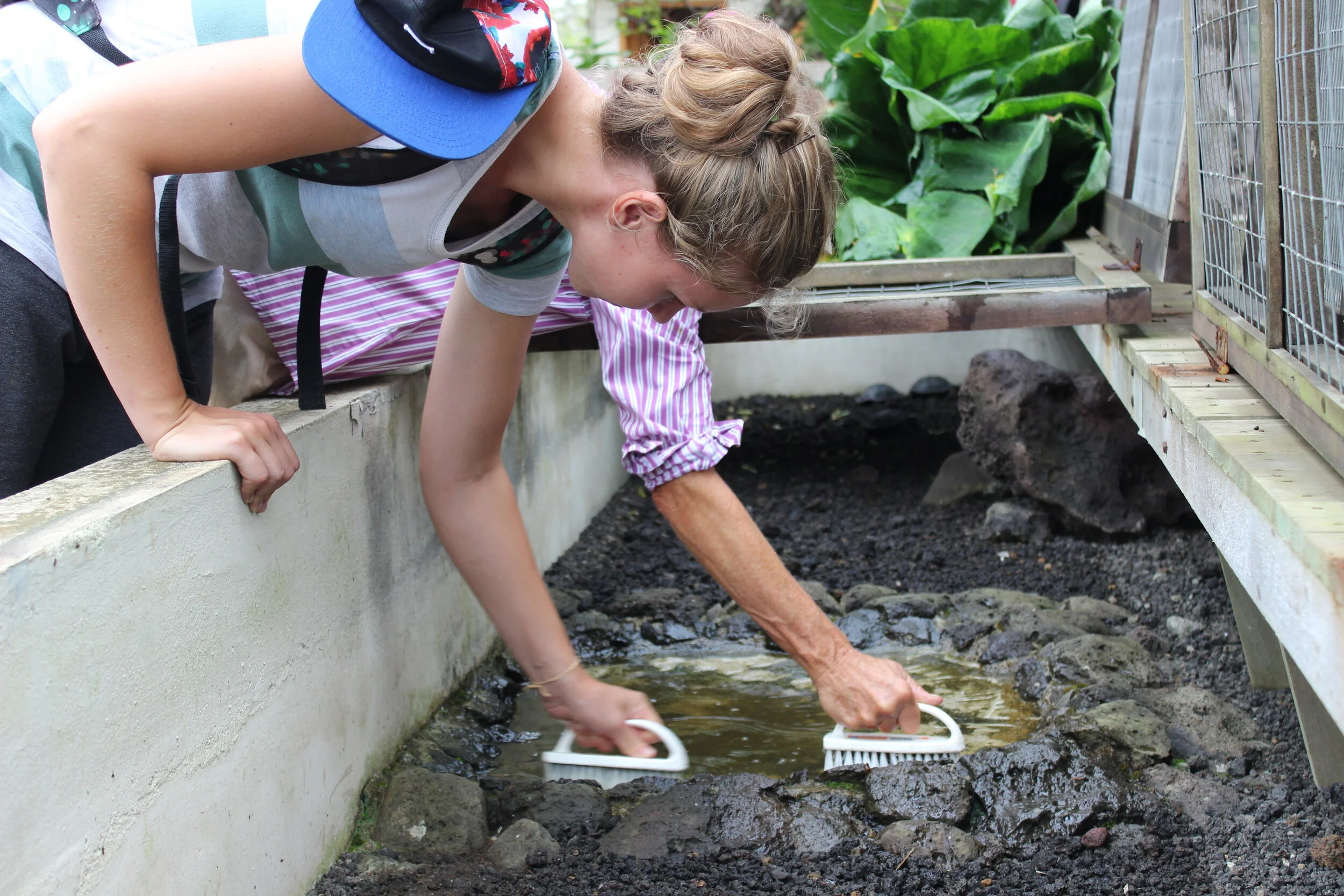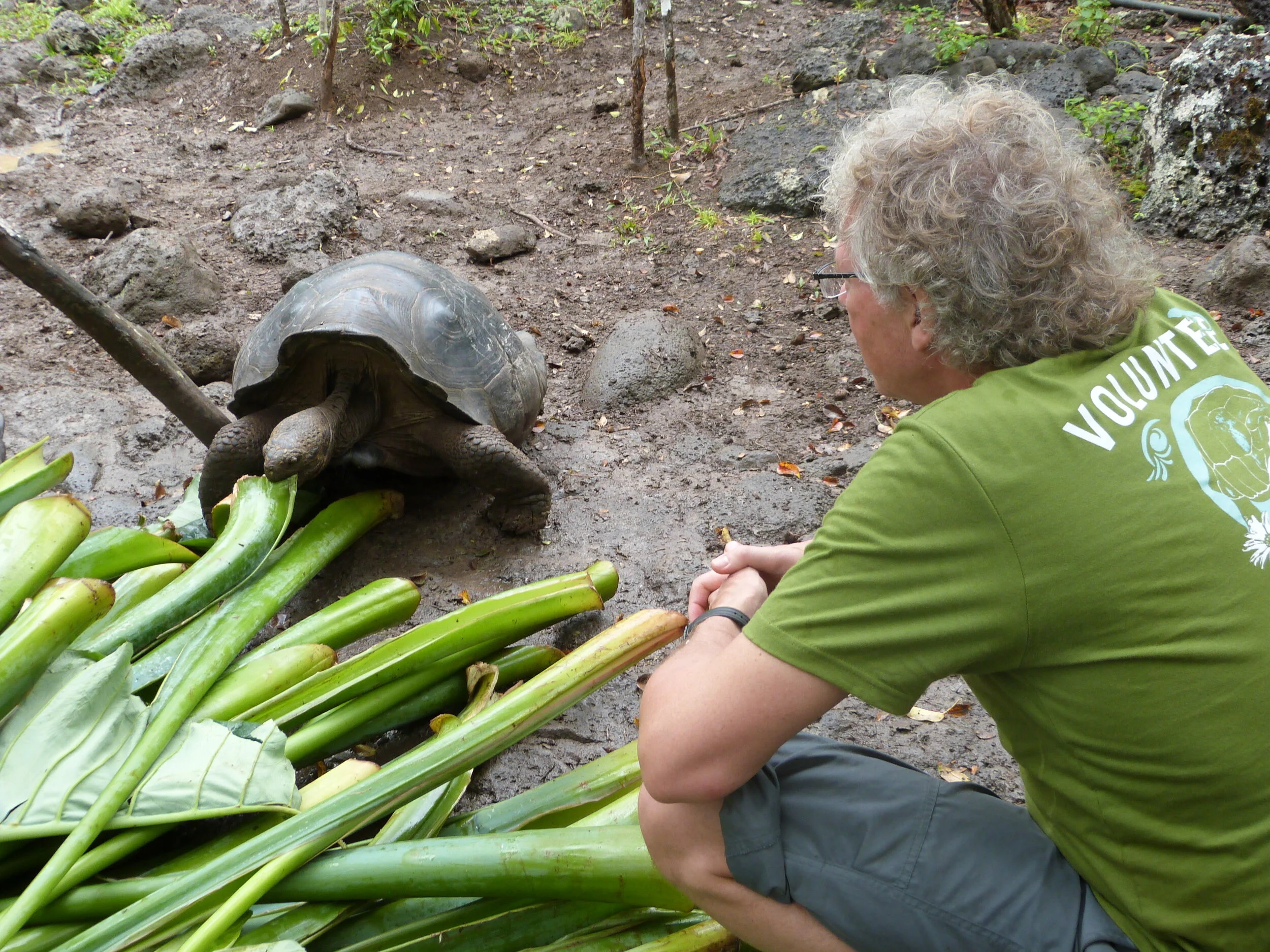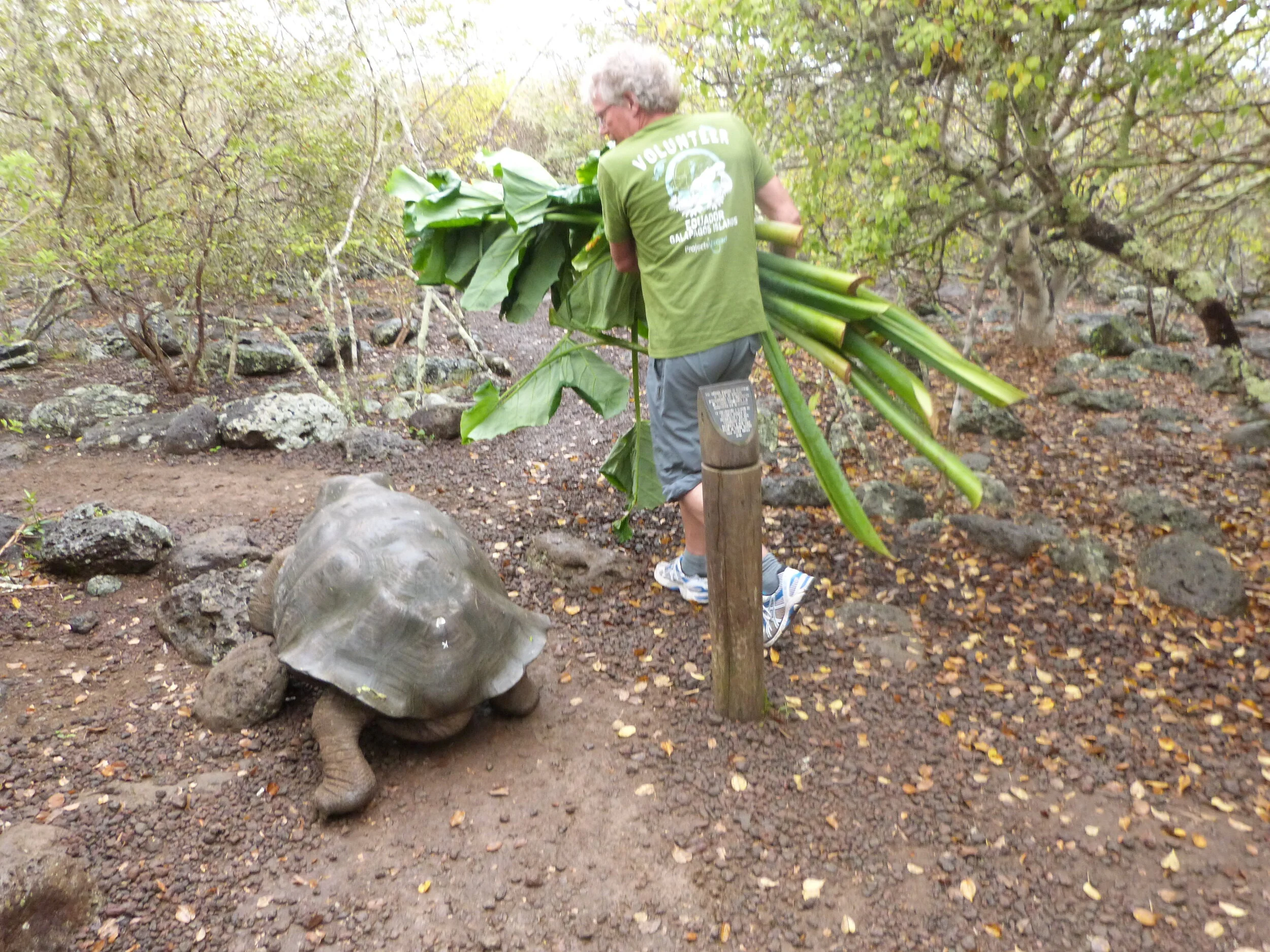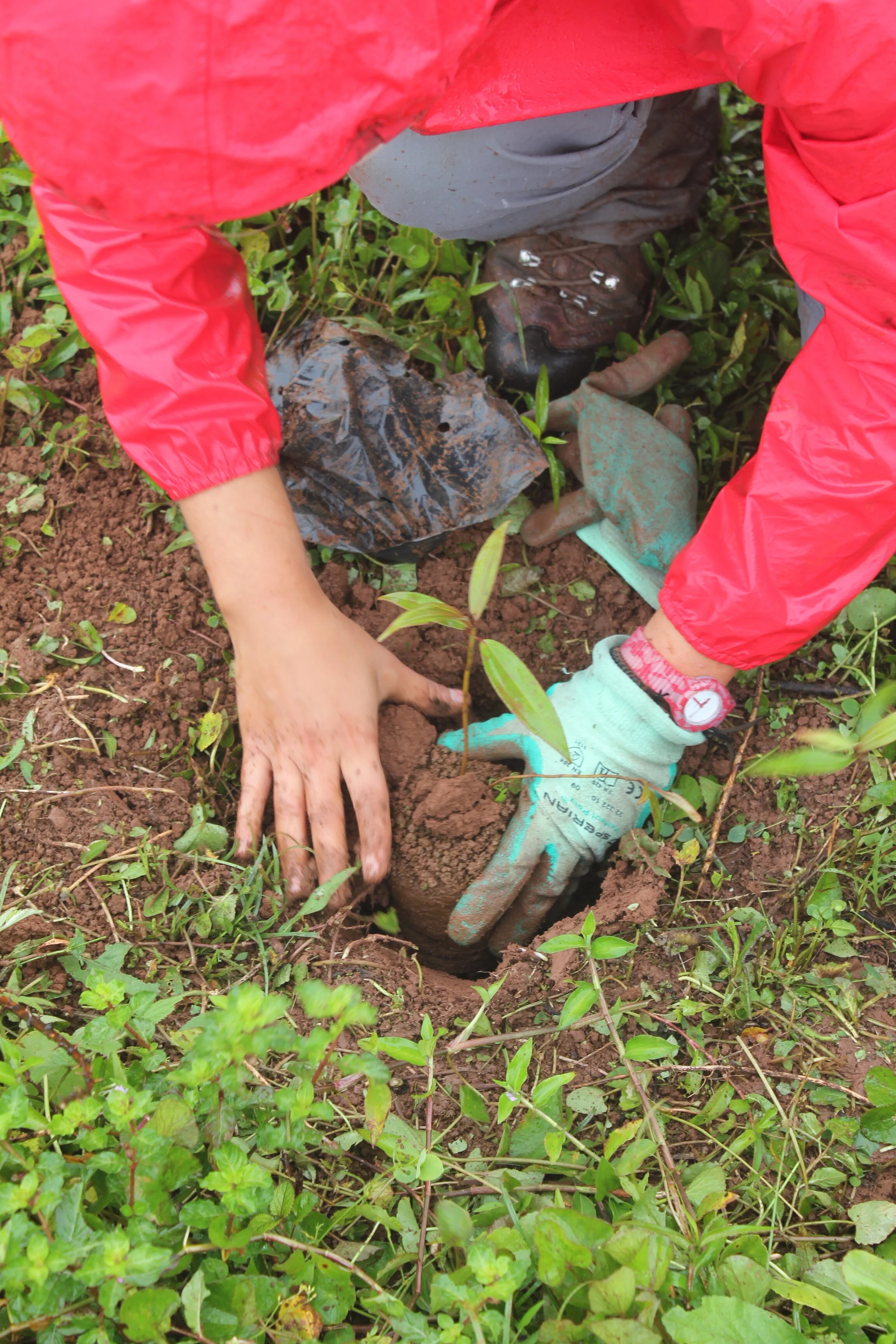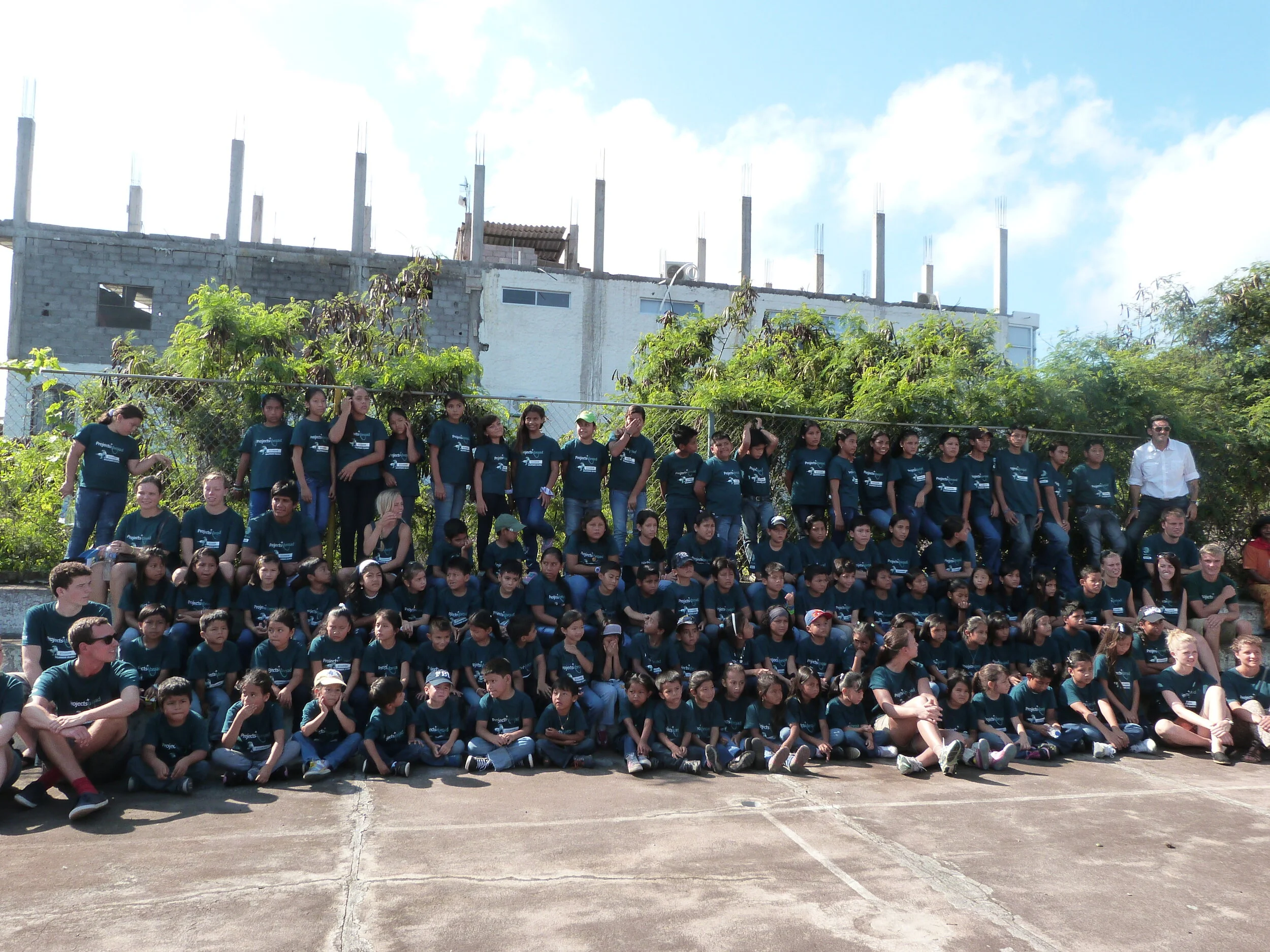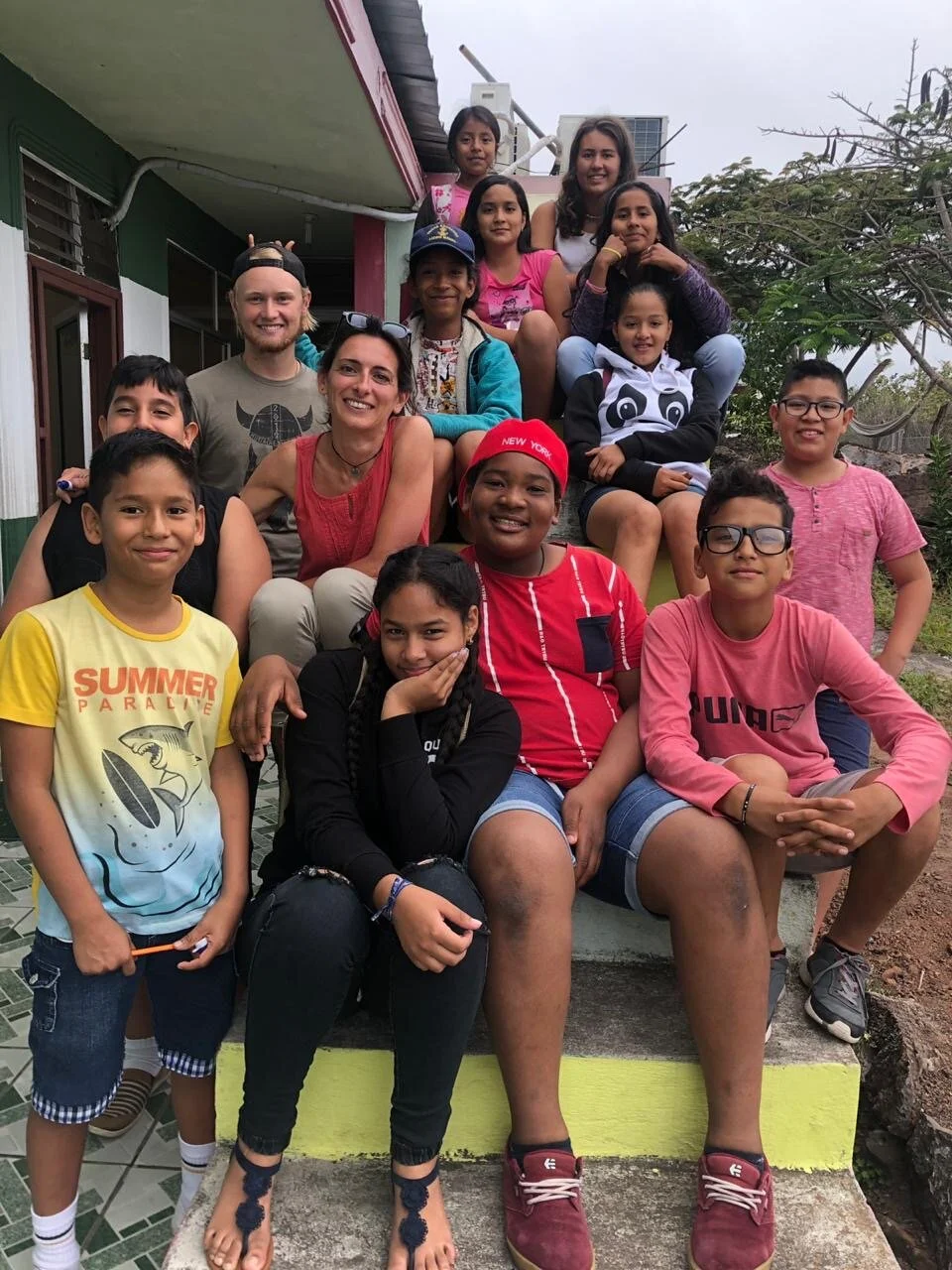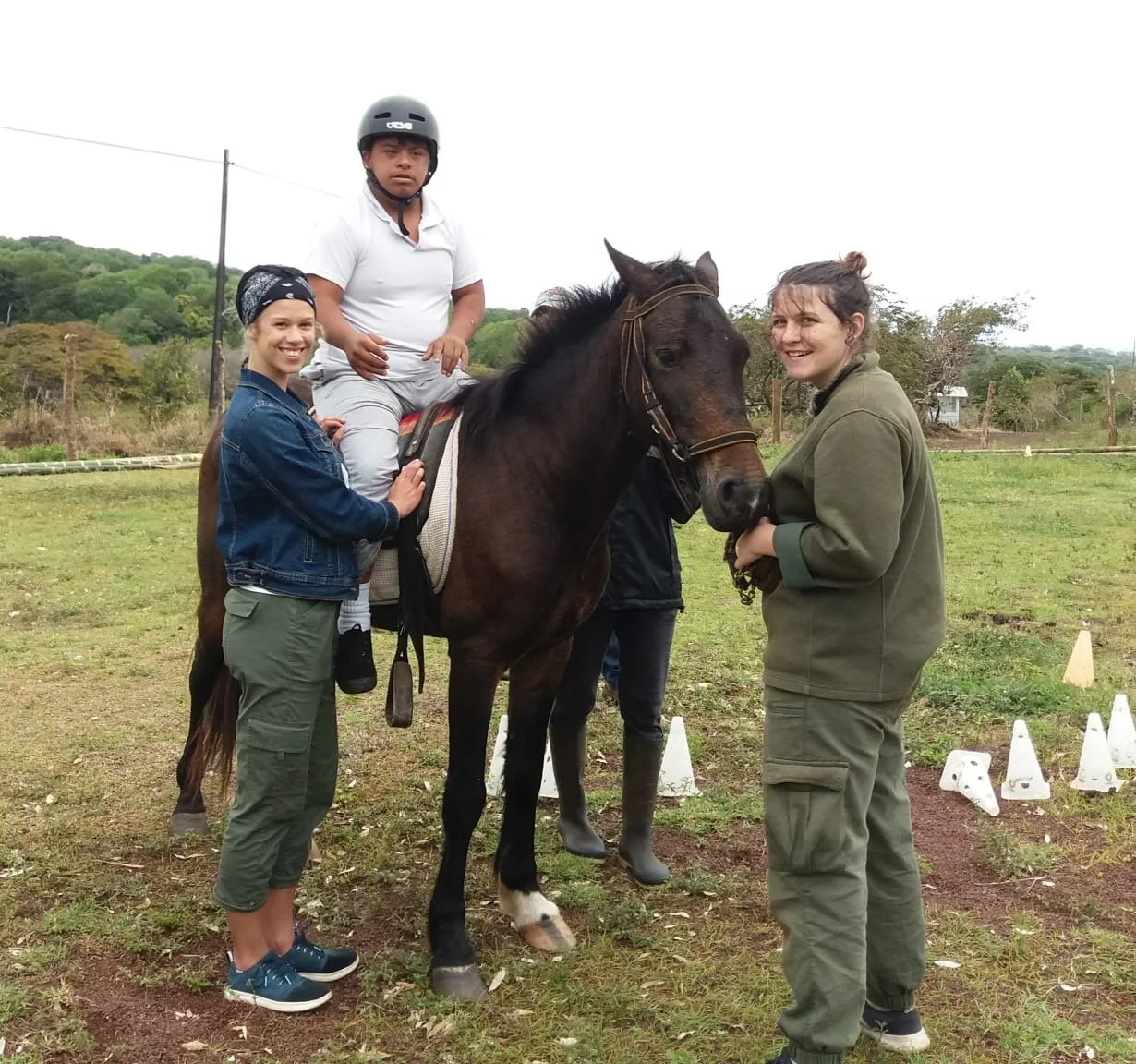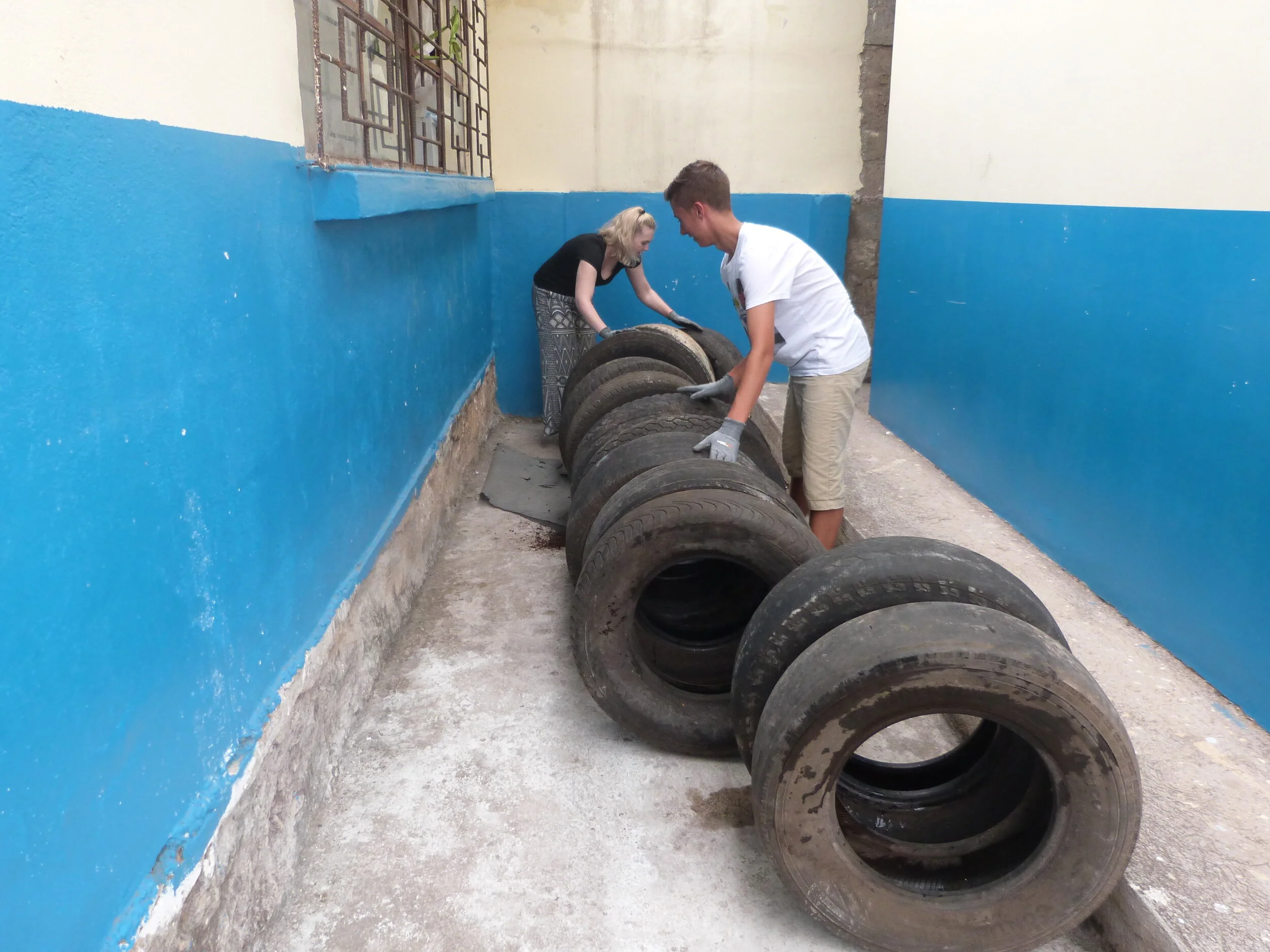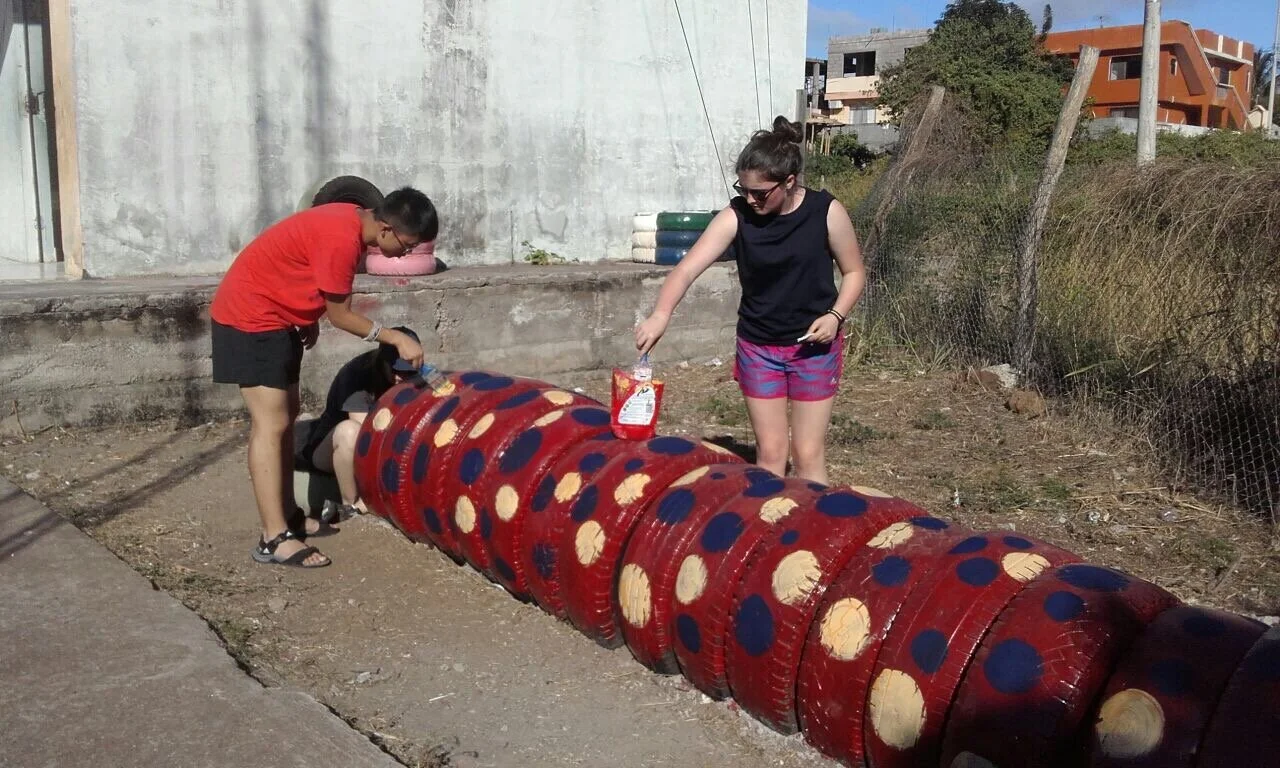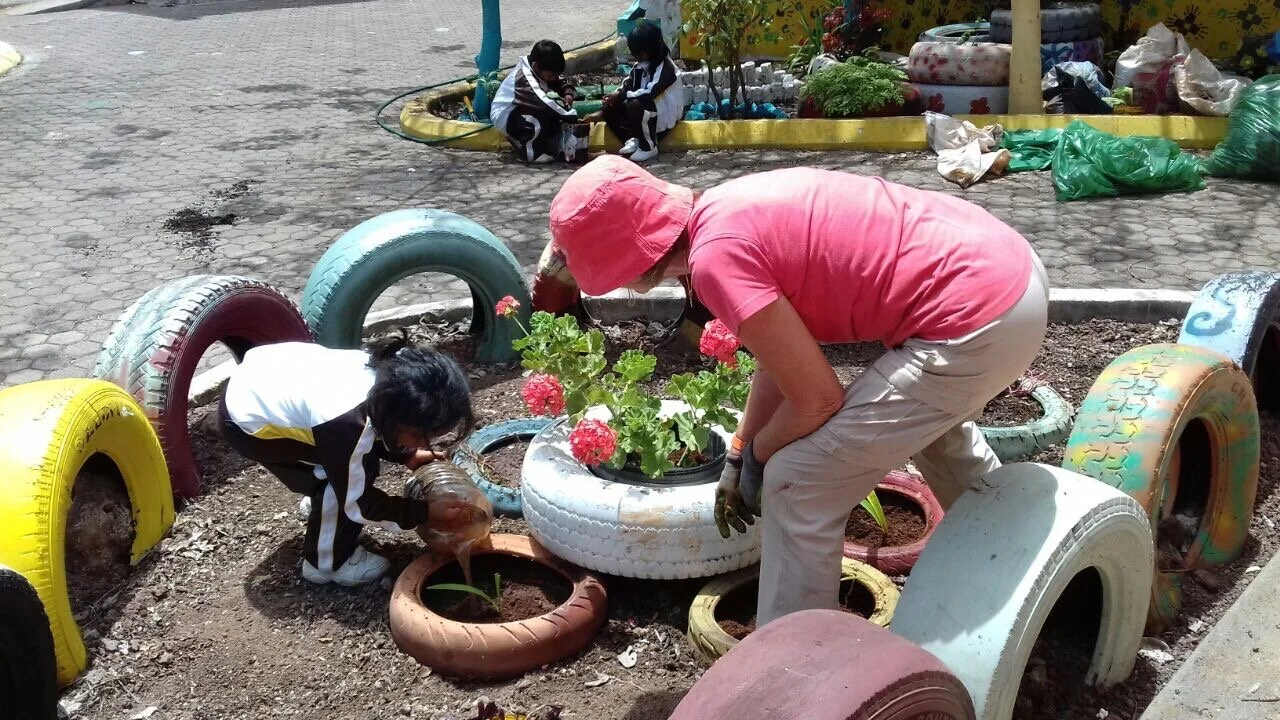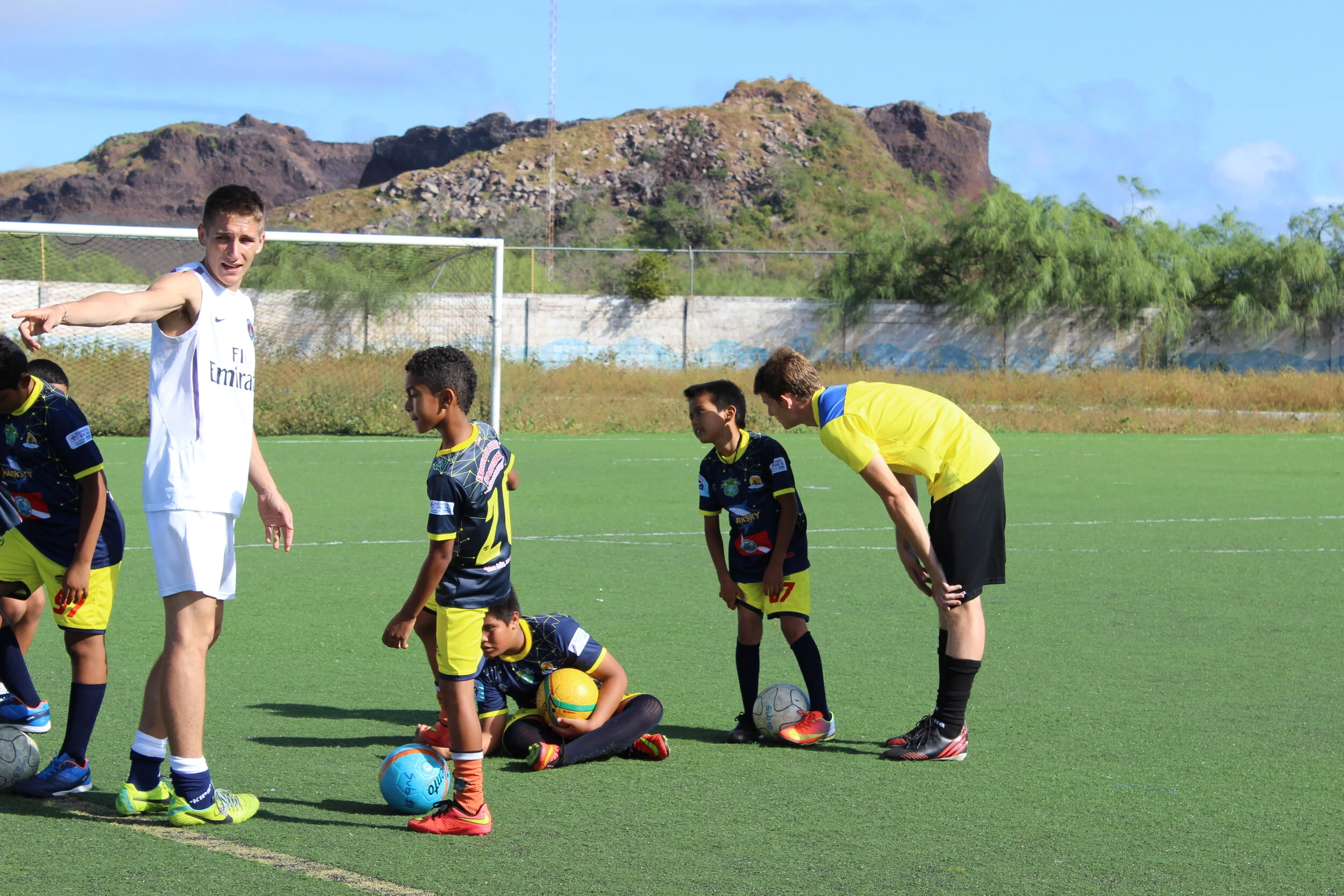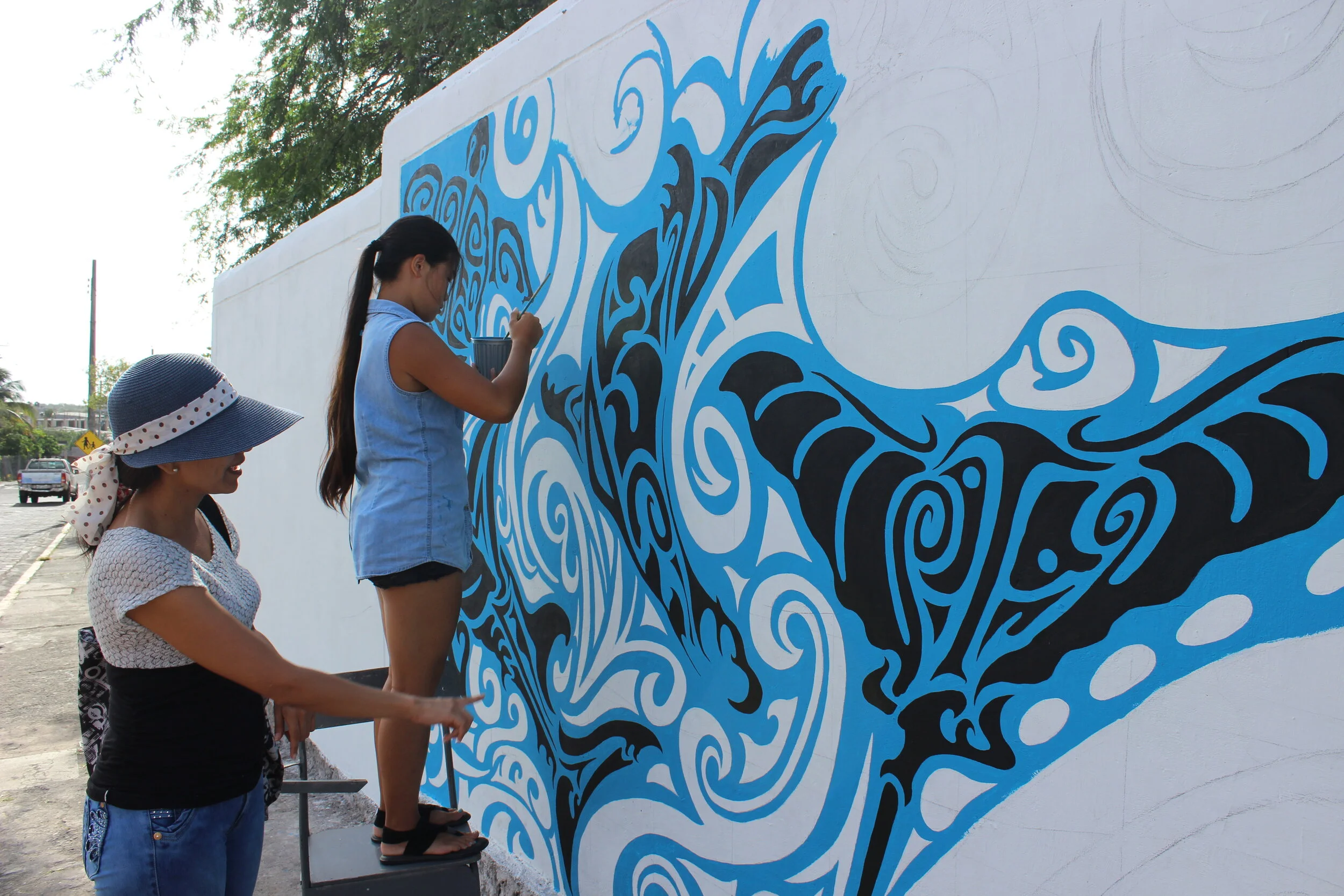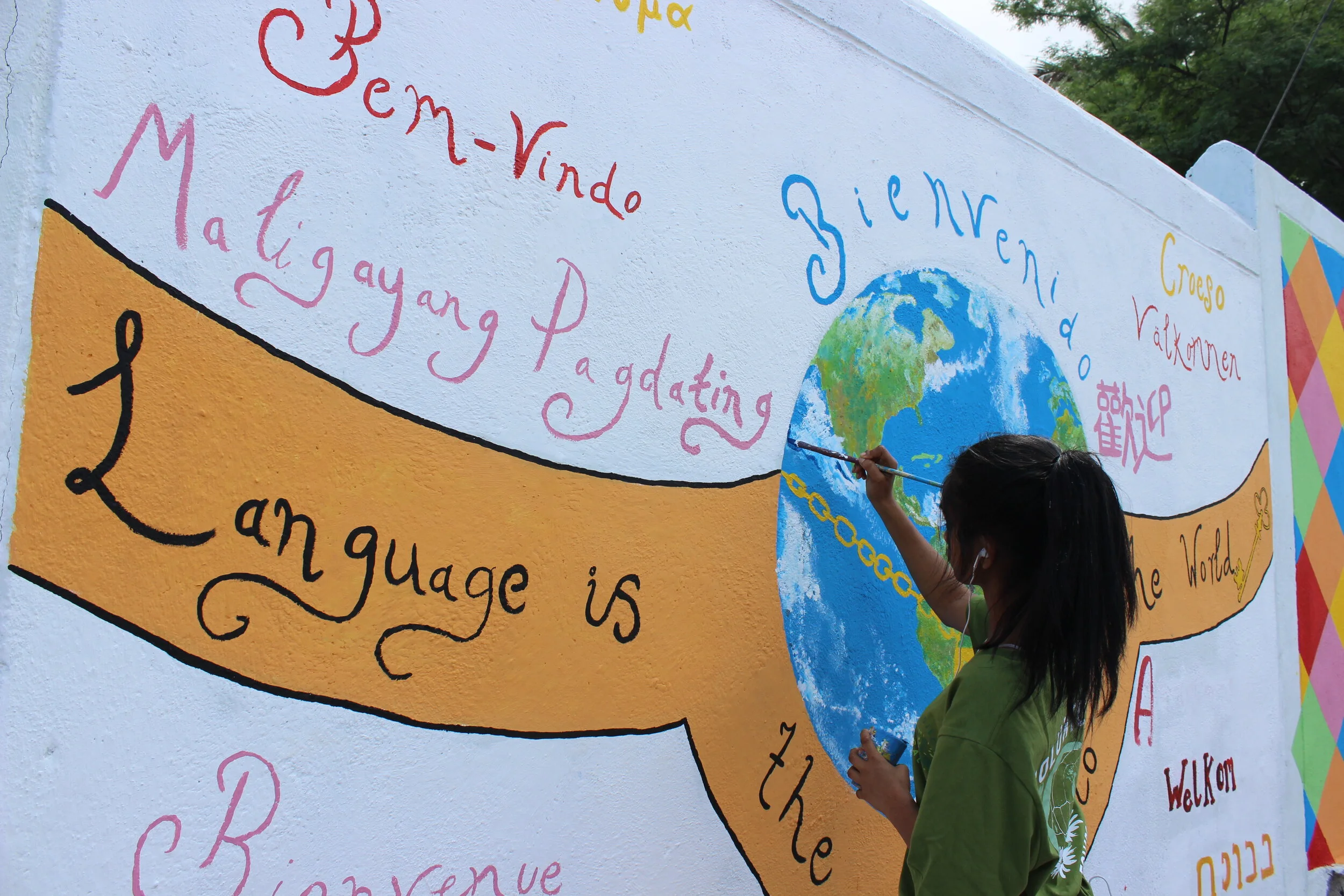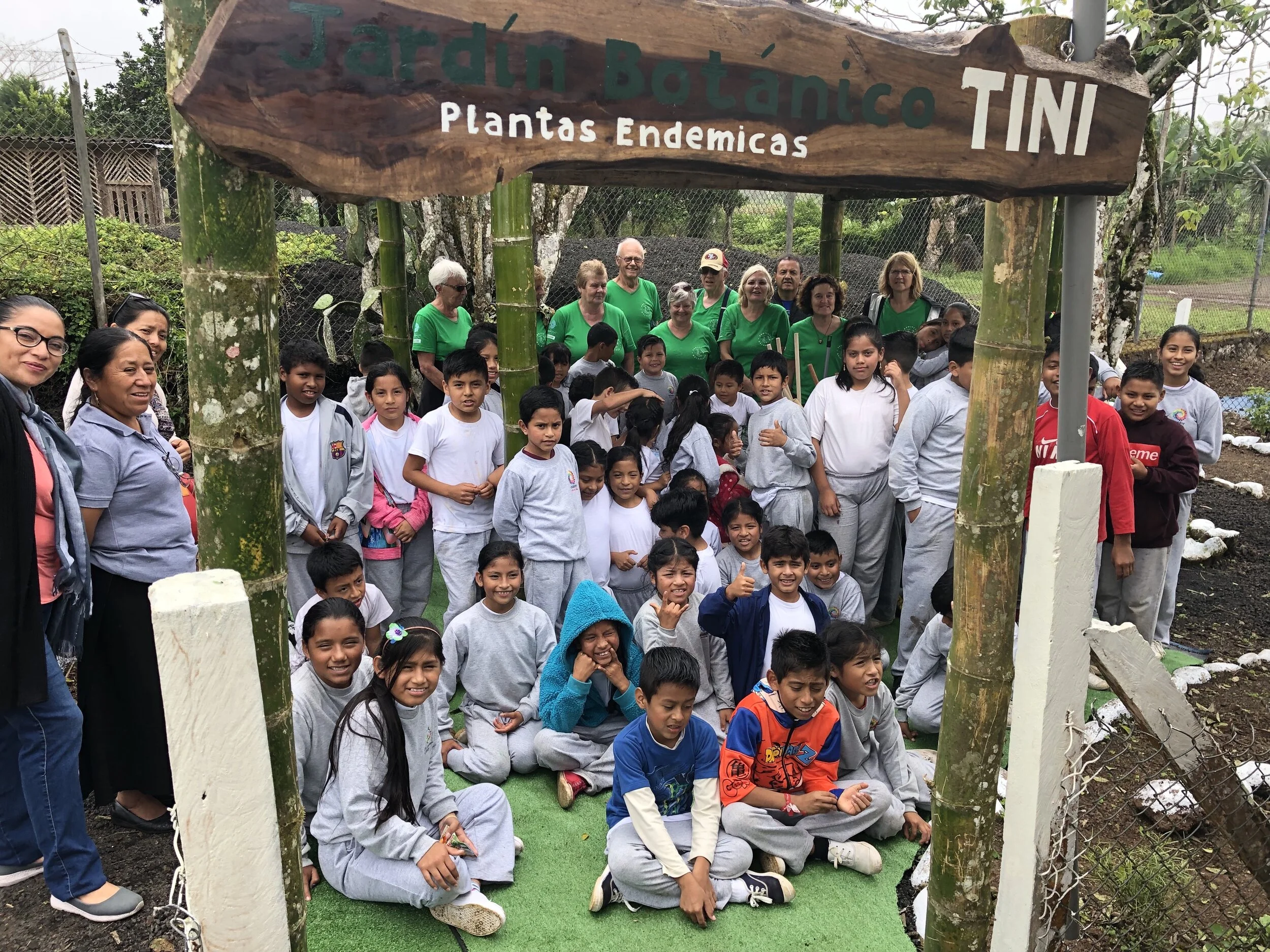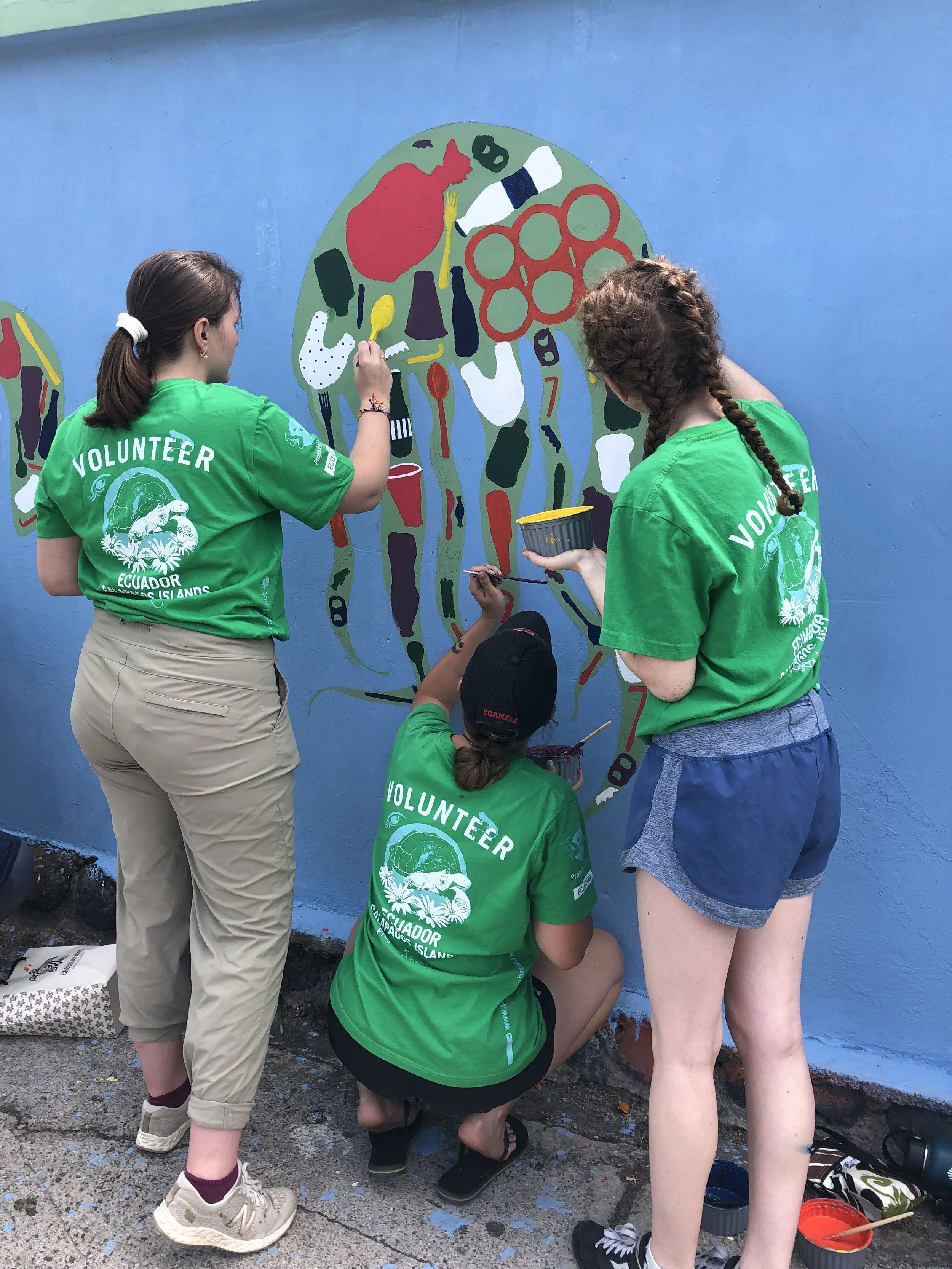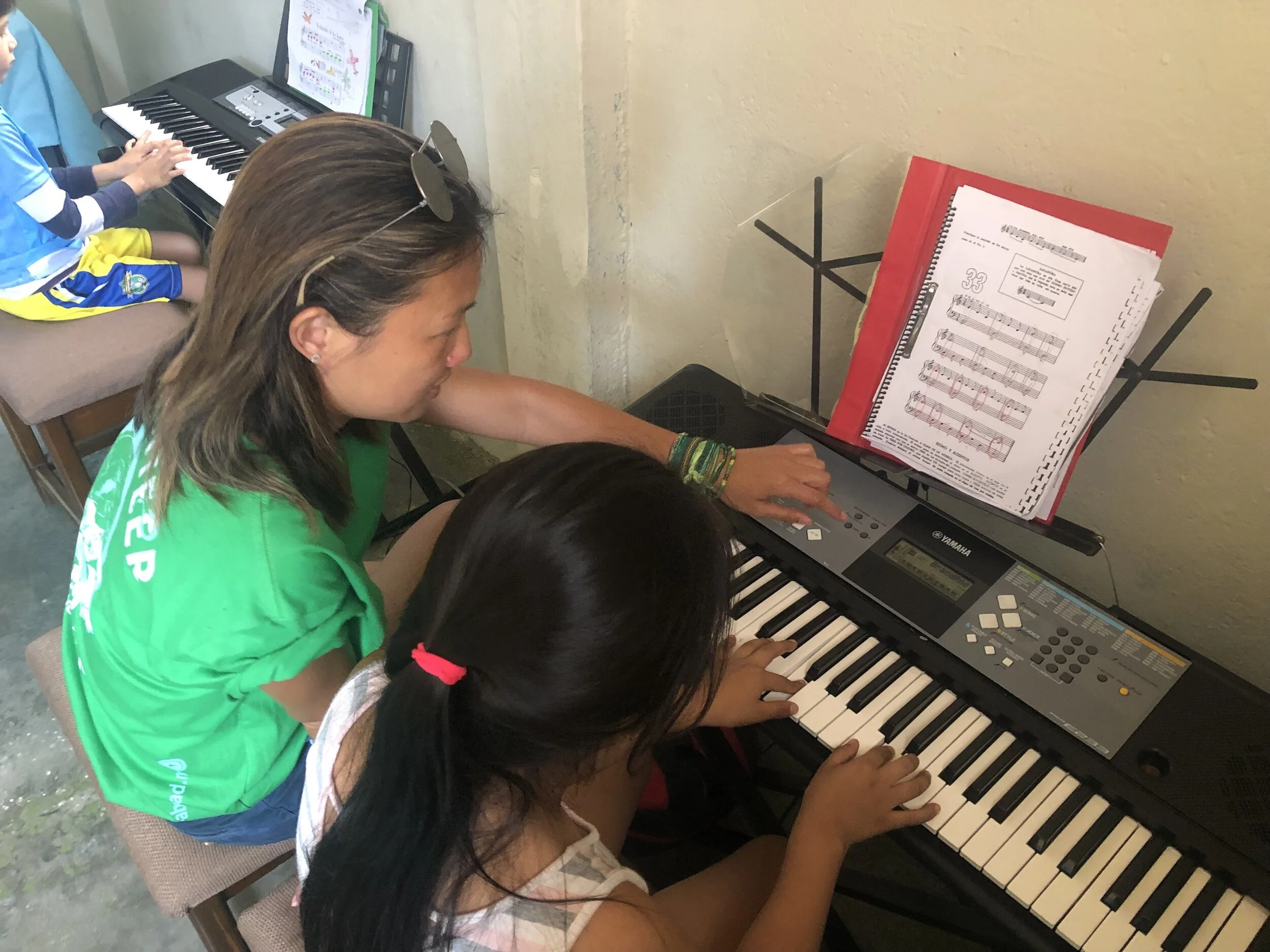
PROJECTS
This is a summary of the core projects we have established for San Cristobal Island, Galapagos.
Conservation Projects
In our conservation projects, we collaborate with various institutions such as the Galápagos National Park, the Marine Reserve, and the Municipality of San Cristóbal, helping with the management and preservation of the island and its inhabitants. Some projects include:
Collecting plastic and waste on the coastline, in the most accessible areas of the main town and local beaches and in the most remote parts of the island. These reports are sent to Galápagos Conservancy and Team Seas.
Counting and monitoring several endemic species, such as sea lions, giant tortoises, marine iguanas and sea birds, which includes checking the health of the animals and birds. These reports are sent to the Galápagos National Park authorities.
Eradicating introduced and invasive species such as blackberry bushes, lantana, rats, cats and other plant and animal species that interfere or endanger the natural ecosystem on the Galápagos.
Developing an awareness of the importance of conservation with the local population through education and community initiatives that involve our local schools, the Galápagos National Park and the Municipality of San Cristóbal.
Developing English for Conservation courses for 4 levels of students studying English in our education centre.
Preserving the heritage of the island by clearing the area around the old sugar cane factory in El Progreso.
Education Projects
San Cristóbal Island was predominantly a fishing community and historically there has been a lack of opportunities to better our education and language skills being so far from the mainland. A lot of tourism based and other employment in the Galápagos requires English language skills and an understanding of environmental tourism. Additionally, the local community of the Galápagos Islands is mainly responsible for their conservation. Working in education and with local children and young people and giving them opportunities is the best way to ensure respect for the ecosystems.
It was important to develop an English programme so that the children here can develop the knowledge and skills needed to work in tourism or conservation related employment following their studies. In our education project, we collaborate with local educational institutions, providing our experience, and that of our volunteers. In addition, we have our own Language Teaching Centre which influences the teaching of English, as tourism is one of the main activities of the island and that language will open doors for our students.
Some outcomes of our education projects include:
Developing the knowledge of our local community, through English language classes which include worksheets about environmental conservation, recycling and waste management, the impact of introduced species, and our responsibility as individuals living in a World Natural Heritage Site.
We aim to replace the employment of non-residents with Galápagos residents by improving their employment prospects through language and literacy education.
Care Projects
We work with local kindergartens and the special children’s school to improve the children's personal hygiene, basic literacy and motor skills, their ability to be independent, and develop their knowledge and ability to understand and conserve the environment.
With the support of Projects Galápagos’ staff and volunteers, we are able to provide consistent assistance with materials and in-class support for kindergartens and the special children’s school.
Arts, Sports and Community Projects
We currently receive volunteers to collaborate in the areas of visual arts, such as painting and fixing playgrounds, mural painting with a focus on topics relating to environmental conservation and our fauna and flora, and music. Arts and crafts projects include using recycled materials. Our volunteers also aid coaches teaching sports in the local shools and/or running after school activities.
